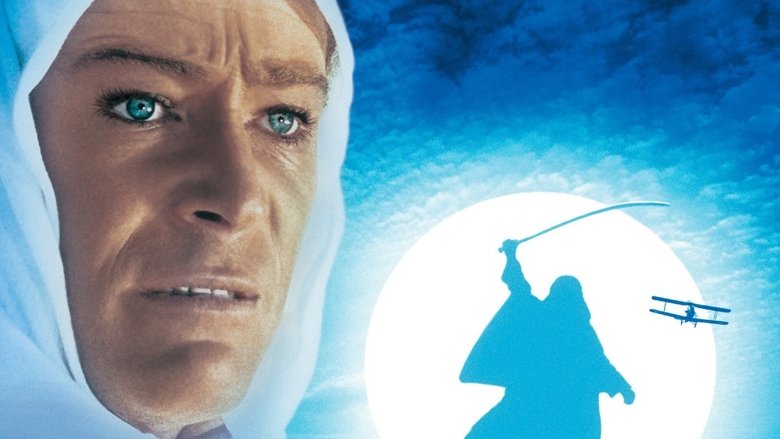Movies set in the desert that make you think
Explore films set against the stark beauty of the desert landscape that offer deep reflections and compelling narratives. These movies use the isolation and harshness of the environment to delve into the human condition, survival, and introspection.
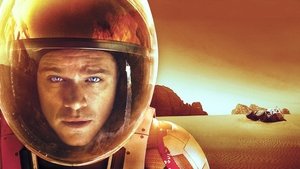


The desert is more than just a backdrop; it's a character in itself, forcing introspection, testing resilience, and often stripping characters down to their core. This unforgiving environment provides a unique canvas for storytelling, pushing boundaries and exploring themes of survival, solitude, and the search for meaning.
From epic historical dramas like Lawrence of Arabia, where the vastness mirrors the protagonist's ambition and internal conflict, to modern survival tales such as The Martian, showcasing ingenuity against impossible odds, the desert amplifies the human struggle. Films like No Country for Old Men use the desolate setting to underscore themes of fate and the inescapable consequences of violence, while road movies like The Motorcycle Diaries frame personal journeys of discovery within sweeping, arid vistas.
The silence and emptiness can be both terrifying and liberating, making the desert a perfect setting for narratives that are as much about the internal landscape as the external one. These films often leave a lasting impression, prompting viewers to ponder the limits of endurance and the profound impact of environment on identity.
13. Into the Wild (2007)
Sean Penn's Into the Wild tells the true story of Christopher McCandless, a young man who, after graduating college, rejects societal norms and embarks on a journey across North America, ultimately seeking solitude in the Alaskan wilderness. While the Alaskan setting is the final destination, his journey takes him through various harsh and beautiful landscapes, including arid regions of the American Southwest. The film is a thought-provoking exploration of idealism, self-reliance, the rejection of materialism, and the complex relationship between humanity and nature. The desert sections of his travels highlight his deliberate choice to expose himself to the elements and test his own limits, serving as stepping stones on his quest for ultimate freedom.
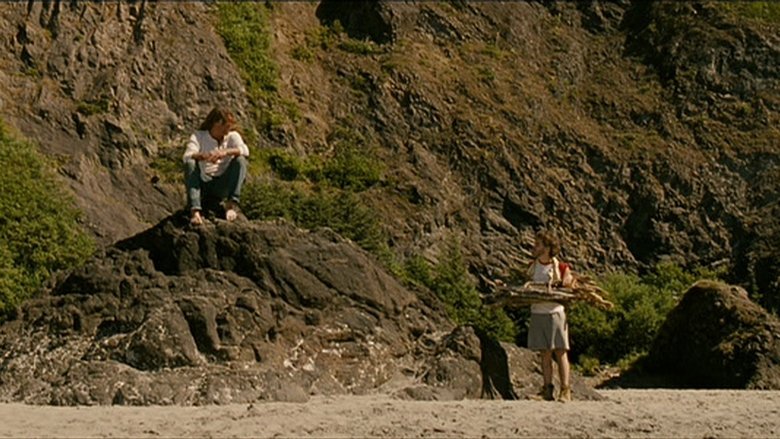
12. The Motorcycle Diaries (2004)
The Motorcycle Diaries chronicles the 1952 journey of a young Ernesto Guevara (Gael García Bernal), before he became the iconic revolutionary Che. Accompanied by his friend Alberto Granado (Rodrigo de la Serna), they travel across South America on a Norton 500 motorcycle, encountering poverty, injustice, and the diverse landscapes of the continent, including the stark beauty of the Atacama Desert. The film is a coming-of-age story and a political awakening, as the experiences of the trip profoundly shape Ernesto's worldview. While not exclusively a desert film, the sections traversing arid regions highlight the vastness and the social inequalities present in different parts of the continent, adding a layer of thought-provoking social commentary.

11. The Way Back (2010)
Based on a memoir (though its accuracy has been debated), The Way Back tells the harrowing story of a group of prisoners who escape from a Siberian Gulag during World War II and embark on a perilous, thousands-of-miles journey to freedom. Directed by Peter Weir, the film depicts their incredible trek across diverse, brutal landscapes, including the vast, punishing Gobi Desert. It's a powerful testament to human endurance, the will to survive, and the complex dynamics that emerge within a group under extreme duress. The desert section of their journey is particularly challenging, highlighting the sheer physical and mental fortitude required to traverse such an unforgiving environment with limited resources.
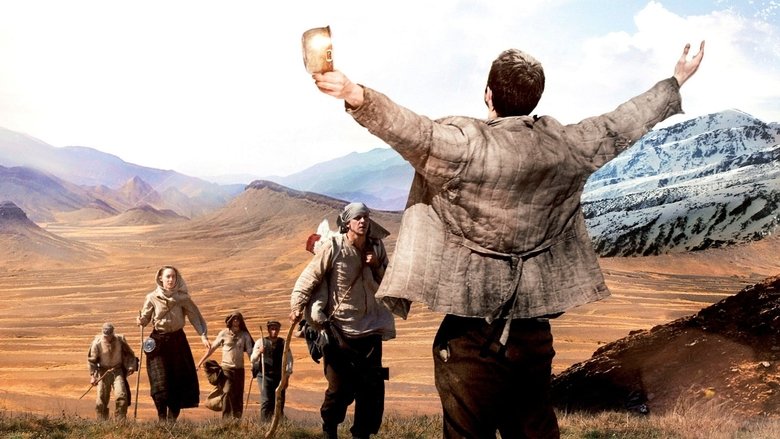
10. No Country for Old Men (2007)
The Coen Brothers' adaptation of Cormac McCarthy's novel, No Country for Old Men, is a bleak and philosophical neo-western set in the desolate landscapes of West Texas, where the desert environment mirrors the moral emptiness and violence of the story. The film follows a hunter who stumbles upon a drug deal gone wrong and takes the money, putting him on a collision course with a chillingly relentless killer, Anton Chigurh (Javier Bardem, in an Oscar-winning role). It's a deeply thought-provoking film about fate, chance, violence, and the changing nature of good and evil. The arid, unforgiving setting emphasizes the characters' isolation and the stark, brutal reality of their circumstances. The silence of the landscape is often as potent as the dialogue.

9. Samsara (2011)
Samsara is a breathtaking, non-narrative documentary shot on 70mm film across 25 countries. While not solely focused on deserts, it features stunning sequences filmed in some of the world's most awe-inspiring arid landscapes, from the vastness of the Sahara to the unique formations of the American Southwest. Directed by Ron Fricke, the film uses time-lapse and slow-motion photography to create a meditative visual journey exploring themes of life, death, humanity's relationship with nature, and the cycles of existence. It's a film designed to provoke thought through imagery rather than dialogue, offering a unique perspective on our planet and our place within it. The desert scenes, devoid of human structures, often highlight the raw, enduring beauty and scale of the natural world.

8. Mad Max: Fury Road (2015)
Mad Max: Fury Road is a relentless, visually spectacular ride through a post-apocalyptic desert wasteland. George Miller returned to his iconic franchise with this film, delivering an action masterpiece that is both exhilarating and surprisingly rich. While the plot is relatively straightforward – a group of women escaping a tyrant with the help of Max and Furiosa – the film is packed with intricate world-building and potent themes. It's a commentary on resource control, survival, and the fight for freedom and dignity in a broken world. The practical effects are astonishing, and Charlize Theron as Furiosa gives a powerful performance that anchors the film. The desert here is not just a setting, but a character that dictates the terms of existence.

7. The Treasure of the Sierra Madre (1948)
John Huston's classic The Treasure of the Sierra Madre is a timeless tale about the corrupting influence of greed, set against the rugged backdrop of the Mexican desert and mountains. Humphrey Bogart, in a departure from his usual roles, stars as Fred C. Dobbs, one of three down-on-their-luck prospectors who strike gold. The harsh, isolated environment serves to amplify their paranoia and mistrust as the lure of wealth tests their friendship and morality. It's a masterclass in character study and a cynical, yet deeply human, look at what happens when men are pushed to their limits by both the environment and their own desires. The film famously features the line, "Badges? We ain't got no badges! We don't need no badges! I don't have to show you any stinkin' badges!"
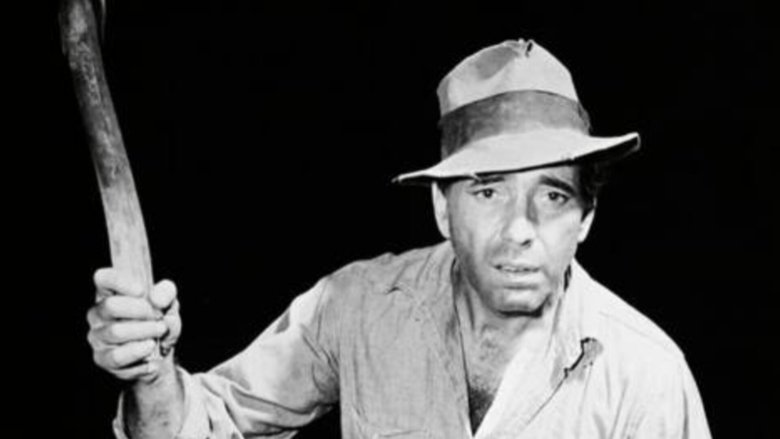
6. The Sheltering Sky (1990)
Bernardo Bertolucci's The Sheltering Sky, based on Paul Bowles' novel, is a haunting and atmospheric film about a privileged American couple who travel to North Africa after World War II, seeking adventure but finding only existential dread and decay in the desert's vast emptiness. Kit (Debra Winger) and Port (John Malkovich) drift aimlessly through the landscape, their relationship fraying under the pressure of the environment and their own internal struggles. The film is a psychological drama that uses the desolate beauty of the desert to mirror the characters' inner turmoil and sense of alienation. It's a melancholic and thought-provoking look at the search for meaning and the impact of an alien environment on the human psyche.

5. Tracks (2013)
Based on the true story of Robyn Davidson, Tracks follows a young woman's incredible journey across 1,700 miles of the Australian desert, accompanied only by four camels and her dog. Mia Wasikowska gives a compelling performance as Robyn, a woman seeking solitude and self-discovery in the vast, empty landscape. The film is less about external conflict and more about the internal journey, the challenges of the environment, and the complex relationship Robyn has with the desert and the few people she encounters, including National Geographic photographer Rick Smolan (Adam Driver). It's a visually striking and contemplative film about independence, resilience, and finding peace in isolation. The sheer scale of the desert is awe-inspiring, highlighting the immense challenge and profound impact of such an undertaking.

4. Theeb (2014)
Theeb is a remarkable coming-of-age story set in the harsh, beautiful desert of the Ottoman province of Hijaz during World War I. The film follows a young Bedouin boy, Theeb, who tags along with his older brother guiding a British officer to a secret destination. As their journey takes a dangerous turn, Theeb is forced to quickly learn the brutal realities of survival and the changing world around him. This Jordanian film offers an authentic and intimate look at Bedouin life and the impact of external conflicts on traditional ways. The landscapes are stunningly captured, making the desert a powerful and unforgiving character in itself. It's a film that feels both historically specific and universally resonant in its exploration of innocence lost and the struggle for survival.

3. The Martian (2015)
While technically set on another planet, Mars is the ultimate desert, and The Martian makes brilliant use of its barren landscape. Ridley Scott's film, based on Andy Weir's novel, is a testament to human ingenuity and resilience. Matt Damon stars as astronaut Mark Watney, accidentally left behind and presumed dead. What follows is a thrilling, surprisingly funny, and incredibly smart survival story. Watney must 'science the s***' out of every problem, using his botanical and engineering skills to survive against impossible odds. The film is genuinely thought-provoking in its depiction of scientific problem-solving and the global effort required to save one life. It’s a celebration of intelligence, optimism, and the sheer will to live, proving that even in the most desolate environment, humanity can find a way.

2. The English Patient (1996)
Anthony Minghella's The English Patient weaves a complex tapestry of romance, history, and identity against the backdrop of the North African desert during World War II. Based on Michael Ondaatje's novel, the film follows a severely burned man, known only as 'the English patient,' and the nurse caring for him in a deserted monastery. Through fragmented flashbacks, his passionate and tragic past unfolds, revealing a story deeply intertwined with cartography and exploration in the unforgiving desert landscape. The film is incredibly rich thematically, exploring themes of love, betrayal, memory, and the ways in which history shapes personal lives. The performances, particularly by Ralph Fiennes and Kristin Scott Thomas, are captivating, and the cinematography beautifully captures both the stark beauty and the isolating nature of the desert.

1. Lawrence of Arabia (1962)
Stepping into the vast, shimmering world of Lawrence of Arabia is an experience unto itself. David Lean's epic masterpiece isn't just a film; it's a sweeping canvas portraying the complex, contradictory figure of T.E. Lawrence amidst the equally immense and challenging Arabian desert. Peter O'Toole, in his breakout role, delivers a performance that captures the charisma, ambition, and ultimate disillusionment of a man caught between two worlds. The film's scale is breathtaking, famously shot on location, utilizing the desert itself as a character that shapes the destiny of nations and individuals. It's a profound exploration of identity, the nature of leadership, and the clash of cultures, all set against some of the most stunning cinematography ever committed to film. The score by Maurice Jarre is simply iconic, soaring over the dunes and embedding itself in your mind.
